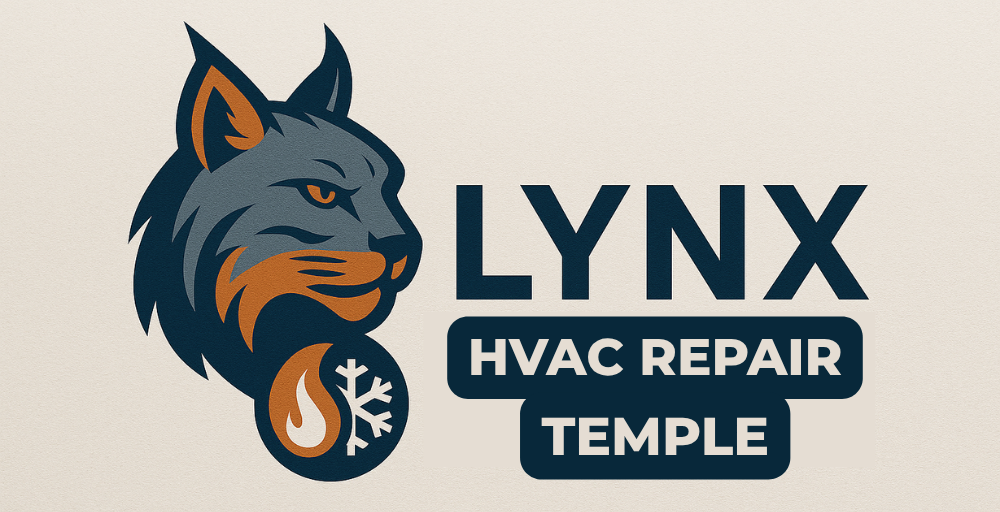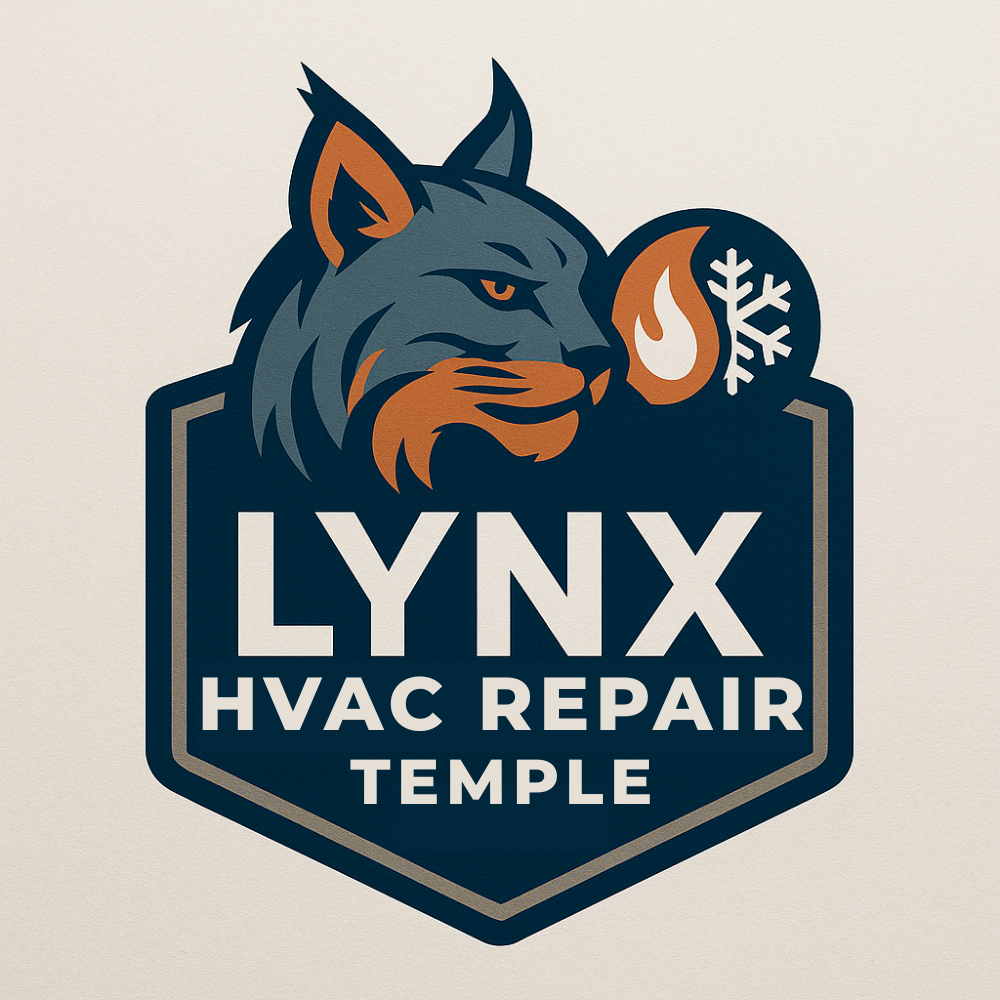What is a Pressure Switch HVAC: A Complete Guide to Air System Safety Controls
A pressure switch plays a vital role in your HVAC Temple TX system's safety and performance. This electromechanical device monitors refrigerant pressure levels and automatically shuts down the system when unsafe conditions are detected, protecting your equipment from potential damage.
When your air conditioner or heating system operates, refrigerant pressure fluctuates as part of the normal cooling and heating cycle. The pressure switch acts as a vigilant guardian, constantly measuring these pressure changes and responding instantly if levels become too high or too low.
Modern HVAC systems rely on pressure switches as essential safety components that prevent costly system failures and extend equipment life. By detecting issues early, these switches help avoid major repairs and ensure your comfort system operates efficiently throughout the year.
Key Takeaways
- Pressure switches protect HVAC systems by monitoring and responding to unsafe refrigerant pressure levels
- The switch activates based on specific pressure thresholds to prevent system damage and ensure safe operation
- Regular maintenance and proper pressure switch function directly impact HVAC system longevity and performance
Understanding the Role of a Pressure Switch in HVAC Systems
A pressure switch acts as a vital safety and control mechanism in HVAC equipment, monitoring and responding to changes in refrigerant and air pressure levels. These switches protect system components while ensuring optimal performance through precise pressure regulation.
How Pressure Switches Regulate HVAC Operation
Pressure switches monitor refrigerant pressure throughout the HVAC system, automatically controlling the compressor's operation based on preset thresholds. When pressure levels exceed or fall below safe limits, the switch triggers an immediate response.
The switch works by using a mechanical diaphragm that responds to pressure changes. This diaphragm connects to electrical contacts that control system components.
In cooling mode, the pressure switch monitors both high and low sides of the refrigerant circuit. When pressure rises too high, it shuts down the compressor to prevent damage.
Key Differences Between High and Low Pressure Switches
High-Pressure Switches:
- Activate when refrigerant pressure exceeds safe levels
- Protect against compressor damage
- Typically set between 375-400 PSI for residential systems
Low-Pressure Switches:
- Monitor for refrigerant leaks or blockages
- Prevent compressor freeze-ups
- Usually activate below 40-50 PSI
The location of these switches differs - high-pressure switches mount on the discharge line, while low-pressure switches connect to the suction line.
Why Pressure Control Is Essential for System Safety
Proper pressure control prevents catastrophic equipment failure and extends system lifespan. Pressure switches guard against dangerous conditions like refrigerant leaks or blocked airflow.
These devices protect expensive components like the compressor from damage due to abnormal pressure conditions. Without functioning pressure switches, HVAC systems risk serious mechanical failures.
Regular testing of pressure switches ensures reliable system protection. A malfunctioning switch can lead to compressor burnout or frozen coils, resulting in costly repairs.
Pressure switches also help maintain energy efficiency by ensuring the system operates within optimal pressure ranges.
How a Pressure Switch Works in Air Conditioning and Heating
Pressure switches act as critical safety and control components in HVAC systems by monitoring and responding to changes in pressure levels. These devices use mechanical and electrical mechanisms to protect equipment while maintaining optimal operating conditions.
Monitoring Refrigerant Pressure in Air Conditioning
The pressure switch connects directly to the refrigerant lines in an AC system. It constantly measures the pressure on both the high and low sides of the system.
When refrigerant pressure exceeds safe limits, the switch triggers a shutdown to protect the compressor from damage. This happens in milliseconds to prevent catastrophic failures.
The switch also activates when pressure drops too low, which often indicates a refrigerant leak. This protection prevents the system from running without adequate refrigerant.
Key pressure points monitored:
- High-side pressure: 175-400 PSI
- Low-side pressure: 25-75 PSI
- Cut-out pressure: System-specific threshold
Impact on Heating and Ventilation Safety
Pressure switches in heating systems monitor combustion air pressure and gas flow. They prevent the furnace from operating if proper airflow isn't detected.
In gas furnaces, the switch confirms adequate draft in the heat exchanger. This protection stops carbon monoxide from entering living spaces.
The switch also monitors blower operation. If air pressure drops due to a blocked filter or failed blower, the switch shuts down the system.
Critical safety functions:
- Combustion air verification
- Draft pressure monitoring
- Blower operation control
Types of Pressure Switches Used in HVAC
Single-pole switches activate at one pressure point and are common in basic safety applications. They operate like simple on/off switches.
Dual-pressure switches monitor both high and low pressure limits. These are standard in modern AC systems to provide complete protection.
Differential pressure switches measure the pressure difference between two points. They're essential for monitoring airflow and filter conditions.
Common applications:
- Compressor protection
- Refrigerant monitoring
- Airflow verification
- Safety shutoff control

Common Issues and Symptoms of a Faulty AC Pressure Switch
AC pressure switches serve as critical safety components that monitor and regulate refrigerant pressure levels. When these switches malfunction, they can trigger a range of issues that affect system performance and safety.
Typical Signs of Pressure Switch Failure
The most immediate indicator of a faulty AC pressure switch is inconsistent cooling performance. Your system may cycle on and off more frequently than normal.
Key Warning Signs:
- Intermittent cooling operation
- Unusual clicking sounds from the compressor
- AC system refusing to turn on
- Warm air blowing from vents
Temperature fluctuations often signal pressure switch problems. The AC might work perfectly one moment and stop cooling the next.
System Risks from Ignoring Warning Signs
A malfunctioning pressure switch leaves your HVAC system vulnerable to serious damage. The compressor becomes particularly susceptible to failure without proper pressure regulation.
Critical System Risks:
- Compressor burnout from excessive pressure
- Frozen evaporator coils
- Accelerated wear on system components
- Increased energy consumption
These issues can multiply repair costs if left unchecked. Small switch problems often escalate into major system failures.
The Consequences of Bypassing a Pressure Switch
Never bypass a faulty pressure switch as a temporary fix. This dangerous practice removes crucial safety protections from your system.
Potential Consequences:
- Catastrophic compressor failure
- Complete system breakdown
- Voided manufacturer warranties
- Safety hazards from uncontrolled pressure
The cost of replacing a pressure switch is minimal compared to replacing an entire compressor or system.
Detecting Refrigerant Leaks and Other Related Problems
Pressure switch issues often coincide with refrigerant problems. Low refrigerant levels can trigger pressure switch alerts.
Signs of Refrigerant Issues:
- Ice formation on copper lines
- Hissing sounds near refrigerant lines
- Poor cooling performance
- Higher than normal utility bills
Regular maintenance checks can identify these problems early. Professional technicians use specialized gauges to measure system pressures and detect leaks accurately.
Pressure Switch Replacement and Maintenance for Long-Term HVAC Performance
Regular pressure switch maintenance and timely replacement prevent system failures and extend HVAC equipment life. Proper testing, repair decisions, and professional support ensure optimal pressure switch function.
Testing and Diagnosing Pressure Switch Problems
Start by inspecting the pressure switch for visible damage or corrosion. Check all wire connections and hose attachments for secure fits.
Use a digital multimeter to test electrical continuity across the switch terminals. A reading of 0 ohms indicates proper function when the switch is closed.
Common signs of pressure switch failure include:
- Short cycling of the HVAC system
- Failure to start or sudden system shutdowns
- Unusual noises during operation
- Error codes on the control board
Monitor system pressure readings during operation. Abnormal high or low readings often point to pressure switch issues.
When to Replace Versus Repair
Replace the pressure switch immediately if you notice:
- Cracked housing or damaged components
- Failed electrical continuity tests
- Incorrect pressure readings after calibration attempts
- Age beyond 8-10 years
Simple repairs may suffice for:
- Loose wire connections
- Clogged hose lines
- Minor calibration adjustments
The cost of a new pressure switch ranges from $30-$150. Consider replacement if repair costs exceed 50% of new switch price.
DIY Considerations and Professional Support
Safety First: Always disconnect power before working on pressure switches. Verify proper voltage and pressure ratings for replacements.
Basic maintenance tasks suitable for DIY:
- Visual inspections
- Cleaning connections
- Basic continuity testing
- Documenting pressure readings
Contact an HVAC professional for:
- Complex electrical diagnostics
- System pressure testing
- Refrigerant-related issues
- Warranty-covered repairs
Keep detailed maintenance records and schedule annual professional inspections to catch problems early.
You might also like




